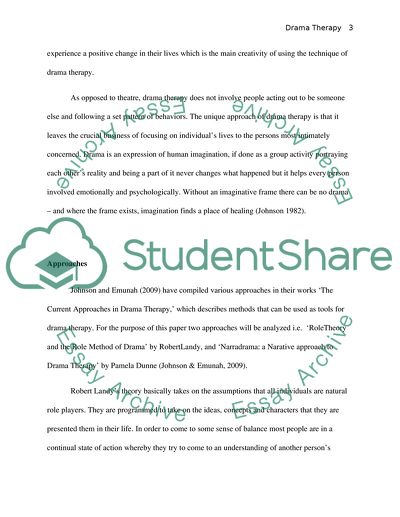Cite this document
(Drama Therapy as a Healing Approach Research Paper, n.d.)
Drama Therapy as a Healing Approach Research Paper. Retrieved from https://studentshare.org/psychology/1739723-drama-therapy
Drama Therapy as a Healing Approach Research Paper. Retrieved from https://studentshare.org/psychology/1739723-drama-therapy
(Drama Therapy As a Healing Approach Research Paper)
Drama Therapy As a Healing Approach Research Paper. https://studentshare.org/psychology/1739723-drama-therapy.
Drama Therapy As a Healing Approach Research Paper. https://studentshare.org/psychology/1739723-drama-therapy.
“Drama Therapy As a Healing Approach Research Paper”, n.d. https://studentshare.org/psychology/1739723-drama-therapy.


